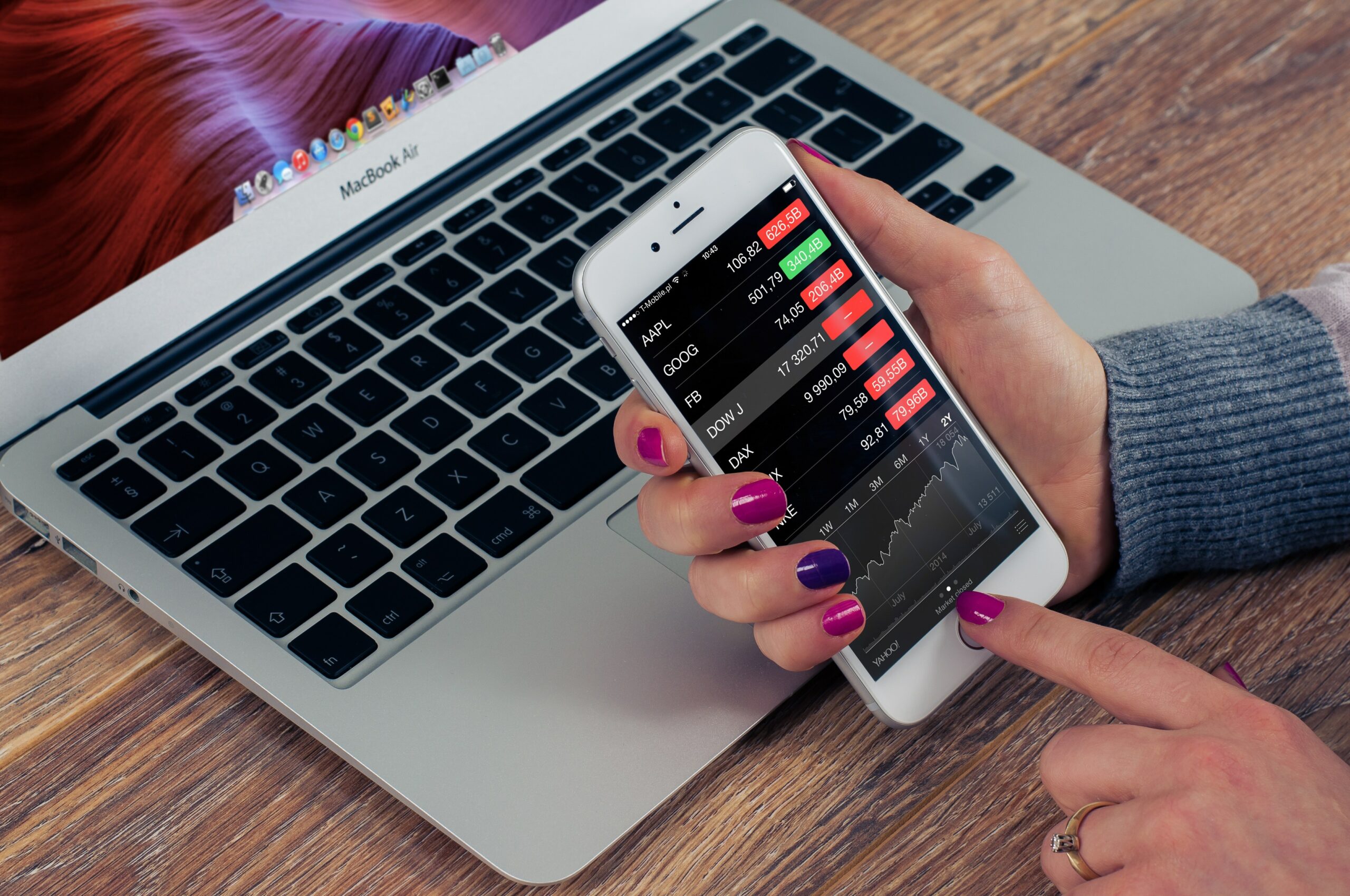Mobile app user experience (UX) is becoming better. Mobile app development companies know the value of UX to the success of an app. When developing an app, you should consider other developers’ inclination at that time. You have to include the functionalities that the users want in the app. Here are some of the UX trends in 2018.
- Conversational design
A strong trend in the development of mobile applications in 2018 is everything related to the conversations between the user and the app.
Most users only use about four applications a day, and at least one of them is a messaging application. This means that the apps for communication are the most successful and that is why chatbots and voice assistants are now so fashionable. Without a doubt, they are one of the trends in 2018.
Chatbots in the messaging app
The chatbot is not a replacement to an e-commerce or virtual assistant. However, if well integrated into the messaging app, they can be tremendously useful. Thanks to its functionalities, companies will have automated conversations in real time with their clients.
- Use of video
In 2017, the use of video experienced its turning point with an increase in its use in apps and on websites. 55% of people watch videos online every day, and 78% see them every week.
Vertical video
Another piece of information that you should take into account when developing mobile applications regarding videos is the orientation. 94% of users see the videos vertically and not full-screen, and you have to adapt to this size.
Adapt video for a brief attention time
The time of attention of people was 8 seconds in 2017 – a decrease from 12 seconds in 2000. This is because new forms of content delivery now exist. Today, there are new formats of videos designed to capture your attention in the shortest possible time: Facebook Live and 360-degree videos, etc. Businesses now use this format to deliver timely and essential information.
- Vivid colors
Color is the most significant visual force that allows smartphones to display images and videos in high resolution. Screens like OLEDs make the color game transmit a whole user experience.
Color is one of the most potent tools in the toolkit in the development of mobile applications. Color can draw attention, establish a mood, and influence the emotions and actions of users.
- The Experiences in full screen
The arrival of devices such as Samsung Galaxy S8 and iPhone X and other popular models such as the Huawei or Xaomi full screen has generated a change in the design of an app and a clear trend.
Now, there are more screens available for users, and they expect to have full-screen experiences.
Images and HD videos
An app should not only provide a full-screen experience. The devices of today offer the possibility of enjoying the images in HD. In the development of mobile applications, this also counts. Images should never appear pixelated on a mobile screen.
- Experience focused on content
With the use and development of mobile applications in 2018, contents have become more important than ever. You have to provide quality content for the users.
Three ways to display content on a mobile app:
Decluttering
It is nothing less than eliminating the visual disorder and improving the understanding of the tasks at hand.
App development companies tend to eliminate irrelevant information (noise) and prioritize relevant information.
Eliminating all visual clutter no doubt helps the mobile business application to focus on the most important thing that it is trying to communicate.
Visual hierarchy
It is essential to know how to present the user interface appropriately so that the users can understand easily. The buttons should have different colors to get the user’s attention.
- Use of Gestures in the app + animation
The launch of iPhone X has been a new challenge concerning the use of gestures for the development of mobile applications. Now, we’re going to have to get used to mobile devices without buttons. Whether in Apple or any other model, the trend points to devices without buttons which takes the use of gestures to the next level in the development of mobile applications.
In the same way, you will get used to seeing animations:
In offering a better experience in the interaction of the app.
To show the possible interactions in the app.
- Simplification of the User Journey
The User Journey is the experience of the user using the company’s mobile application. It means every interaction made by users with the app. In general, the fewer effort users spend in achieving a goal, the better the experience will be. Users do not like to give more than three touches to reach their goal when using an app.
Progressive disclosure
When a business app has a lot of information or actions, it is not necessary to disclose everything at once. In the development of mobile applications, this technique is essential, which allows the information to be progressively displayed.
Designers will use this technique to make the information or action visible only when users need it to improve understanding of the interface. App builders also employ this technique when necessary.
Linear user flow
Linear design experience is the user experience that you have from the beginning until you reach the end of the action while using the app. This is the specific UX that allows users to complete an action with each step.
This is good because it allows each user to estimate how much time is required to complete a task when using the app.
There are others UX trends that you might want to consider when developing your mobile app. You should discuss with the mobile app development companies and inform them about the features that you want on your app.


